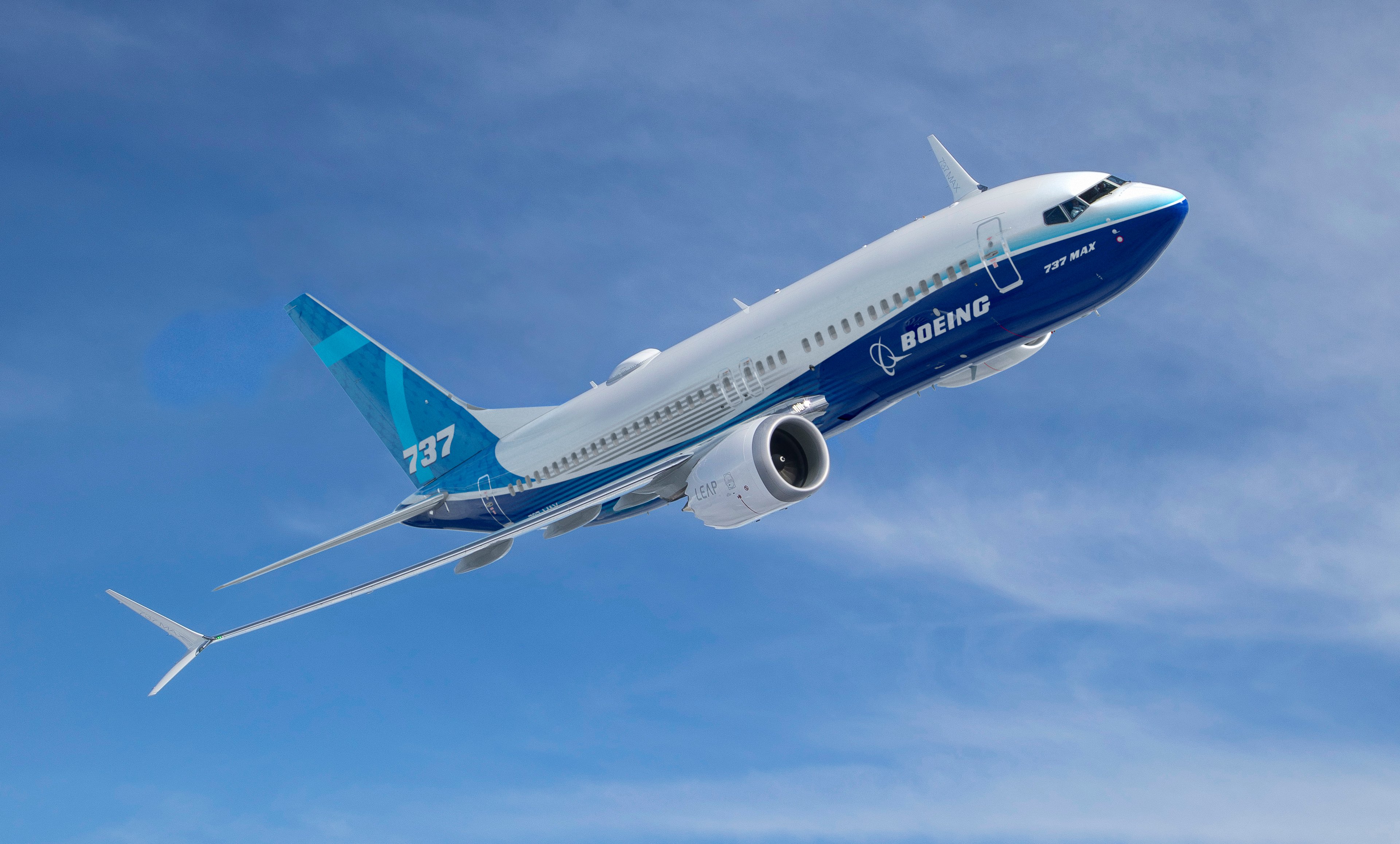
An F-35A Lightning II joint strike fighter from the 33rd Fighter Wing at Eglin Air Force Base, Fla., and an F-22A Raptor from the 43rd Fighter Squadron at Tyndall Air Force Base, Fla., soar over the Emerald Coast Sept. 19, 2012. Photo credit: U.S. Air Force photo/Master Sgt. Jeremy T. Lock via Wikimedia Commons.
On May 8, the House Armed Services Committee unanimously passed H.R. 4435, "The National Defense Authorization Act for Fiscal Year 2015". If the U.S. House of Representatives passes it, Boeing will receive funding for five Growlers in FY 2015.
Boeing puts Lockheed on blast
Lockheed's fifth-generation fighter is touted as being the most advanced combat jet in the world. However, according to Boeing, search radars have advanced to the point where stealth is being outpaced. Further, Breaking Defense reported about the F-35 that "[infrared] sensors, low and variable frequency radar, and networked radar and other sensor systems built or used by Russia and China make spotting a stealthy aircraft a virtual certainty."
Of more concern is what USAF Col. Michael W. Pietrucha said of the F-35:
Specifically, [F-35] performance has not met initial requirements, its payload is low, its range is short, and espionage efforts by the People's Republic of China (PRC) may have compromised the aircraft long in advance of its introduction. Our assumptions about the operational environment, made more than a decade ago, do not match current reality with respect to either the threat (worse) or the potential adversaries (more diverse). The mission of the aircraft -- to penetrate the most advanced air defenses and drop precision-guided munitions on critical targets of a peer adversary -- remains questionable at best, especially if that peer is located in the Indo-Asia-Pacific region, where basing is limited, ranges are long, and potential adversaries have logistical advantages.
Clearly, the above is bad news for Lockheed's F-35
Lockheed fires back
In response to Boeing's attack, Michael Rein, Lockheed's spokesman, told Military.com that the F-35's stealth capabilities are "unprecedented," and that "Extensive analysis and flight test of the survivability of the F-35 with its combination of stealth, advanced sensors, data fusion, sophisticated countermeasures, and electronic attack demonstrate conclusively its superior advantages over earlier generation aircraft." However, judging from the addition of Growlers to the Defense budget, Boeing's argument appears to have been more persuasive than Lockheed's.

EA-18G. Photo: Northrop Grumman.
What to watch
As it stands, H.R. 4435 doesn't cut funding for Lockheed's F-35. That's good news for Lockheed considering the F-35 made up 16% of Lockheed's total consolidated net sales in 2013. However, Boeing's argument seems to have delivered a blow to the F-35's image. Where that will lead is anyone's guess. Right now, H.R. 4435 has yet to pass the House, and even if it does, it still has to pass the Senate, and the President. Consequently, Boeing's Growler funding could still get cut -- as could F-35 procurement. Neither of which would be welcome news for the respective defense company's bottom line. Consequently, this is something to watch.







